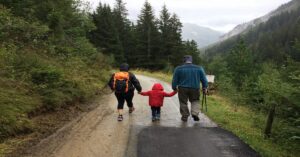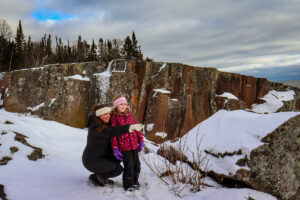No products in the cart.

This week’s blog post, Tips on Gardening with Little Kids is written by Explorer Family @tsliwk. Tara Sliwkanich, along with her spouse, Dustin, and Baby J, who is 1.5 years old, and with another baby on the way this summer, love to explore the trails, slopes, and on the water around Alberta, especially around Edmonton, where they live. They love to hike, bike, stand-up paddle, kayak, camp, and downhill and cross-country ski as a family. Living in Edmonton means that they are 4 hours away from the mountains, so they embrace small adventures around home and bigger adventures when they can get away for a road trip. Tara hopes that their family’s adventures help inspire and inform others who want to get outside more as a family! You can find her sharing their experiences and tips on Instagram at @tsliwk. Here is what Tara had to share with us on Tips on Gardening with Little Kids:
While we obviously love camping and hiking, one of our other favourite outdoor activities in the summer is gardening!
I’m by no means a gardening expert, but I have a bit of a “green thumb,” inherited from helping my Dad in our garden as a child, that I’m excited to share with Baby J. Spending time together getting our hands dirty and learning about growing our own food is very important to me as a parent. Here’s a few tips on gardening with little kids to help you get started:
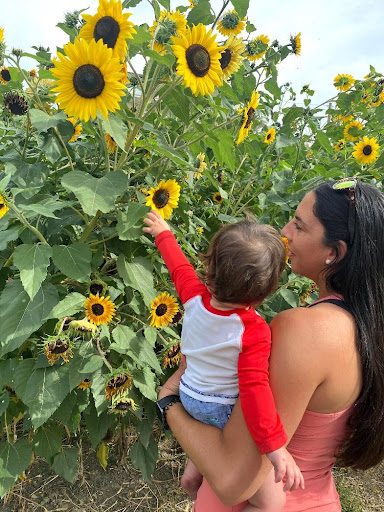
Location, location, location!
Look up your growing zone of where you live, so you can buy seeds or plants that will grow well in your climate. Plan to set up your garden in a spot that receives plenty of sunlight. Growing plants in containers is another great option, especially for gardening with little kids – for best success, look up plants that will grow well in containers, like pots or old bins. Alternatively, look up plants that can grow well indoors and set up an indoor garden in a sunny window right inside your home or find a community garden in your area.
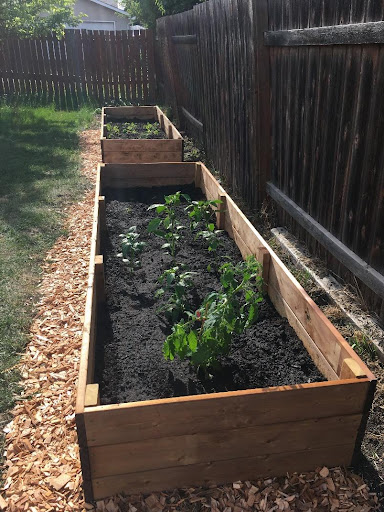
Getting Started
Decide whether you will buy seeds or seedlings/plants from a greenhouse. There’s absolutely no shame in buying seedlings/plants from a greenhouse. Just because you didn’t start it from seed yourself, doesn’t take anything away from having to care for them once planted in your space.
Additionally, keep in mind what vegetables or plants will be enjoyable for your children to grow – for example, plants that grow quickly, are easily recognizable, strong smelling, and/or produce food that your children enjoy eating are a good idea to engage them in growing and, of course, harvesting (e.g. peas, pumpkin, squash, carrots, lettuce, leafy greens, cherry tomatoes, potatoes).
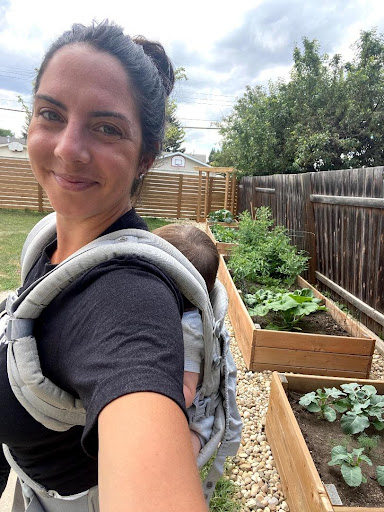
Give them a role, even if that's just to explore
Give your kiddos a role and let them be a part of the process and tasks of caring for the garden. Tiny fingers are great for digging holes for plants, weeding, helping to water, and harvest plants. Even simply holding or carrying items for you is a great place for little kids to start helping you in the garden!
Very small children and babies who might not yet be ready to fully participate in helping in a garden, could be given a small container of dirt, a little garden trowel/shovel, fork, or watering cup/can, and even some weeds pulled from the garden for some excellent sensory exploration while you tend to the plants in the garden. You can also talk to them about all the things you are doing, so they learn additional language and actions related to gardening. When Baby J was a smaller baby, a lot of the time I just wore him in a soft baby carrier on my back while I did watering, weeding, and harvesting in our garden or he was playing in the grass, rocks, dirt, or harvested veggies next to me – “I’m watering the tomatoes now. Look at the tomatoes, they’re turning red!” “Wow, you’re feeling that leaf from the zucchini plant. Does it feel smooth or fuzzy?” “Buzz, buzz, buzzzzz, goes the bee that’s pollinating our flowers!”
Even for older kids, opportunities to explore are still just as important! Consider giving your little kids their own dedicated space in the garden or their own container to have fun with. Observe what interests your child the most about helping in the garden and

Patience is key
Try to have patience. Patience for the growing process itself, but also with letting your little one explore and help in the garden with you. Plants might not have the perfect spacing when planted, or be watered enough or too much, but know that growing a garden, even for seasoned gardeners, is often trial and error! Year to year, some plants will grow better than others, which can be a beautiful opportunity to have conversations about trying new things, things that are hard work, and coping with failure, especially when things like weather and bugs that eat your plants are largely outside of your control.
Additionally, keep your instructions and feedback to your little ones helping in the garden short and simple; try not to over correct or give too much instruction/feedback – over time and with practice, they will get the hang of things and hopefully, love to help in the garden with you if it’s a really light and fun experience!
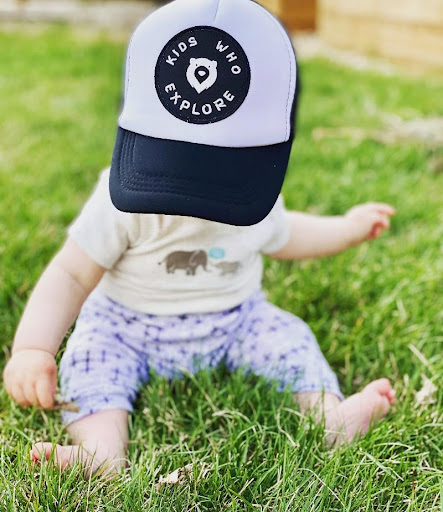
Safety
Understand the potential risks and hazards of gardening, i.e. sharp garden tools, drowning hazards around watering jugs/buckets, avoid using chemicals and fertilizers, ingesting poisonous plants, choking hazards like rocks/sticks, bug bites, sun exposure, etc.
Consider ways to mitigate or address each risk/hazard in the best way for you and your family. For example, supervised and guided exposure to sharp garden tools can teach your little one how to handle and use these tools safely or looking up a list of poisonous plants in your area to identify and having your local Poison Control contact information saved in your phone, if ever needed.

Let go of expectations
Let go of expectations and let them be kids who explore! Your garden might die or not grow at all, your kids will get incredibly dirty, there may be tears (definitely from your kids and maybe you, too), they’re probably going to eat dirt and/or grass, but involving them in gardening and exploring aspects of nature, like feeling the grass or playing in the dirt or mud, is teaching them about the labour of growing food and all the wonderful things in our natural world (yes, including bugs ), like the simple feeling of the grass between your toes.
There are countless more ways to make gardening more fun and engaging for little kids, such garden related crafts like decorating pots/planters or labels and finding and collecting worms in the garden, let us know what you try and what your kids love doing to help in the garden this season!
Thank-you for taking the time today to read this week’s blog post contributed by Tara @tsliwk while she shares tips on gardening with little kids. Will you be trying out your green thumb with your children this year? Be sure to share with us by tagging us on Instagram using @KidsWhoExplore #KidsWhoExplore #KWE. We can’t wait to see what you grow!


